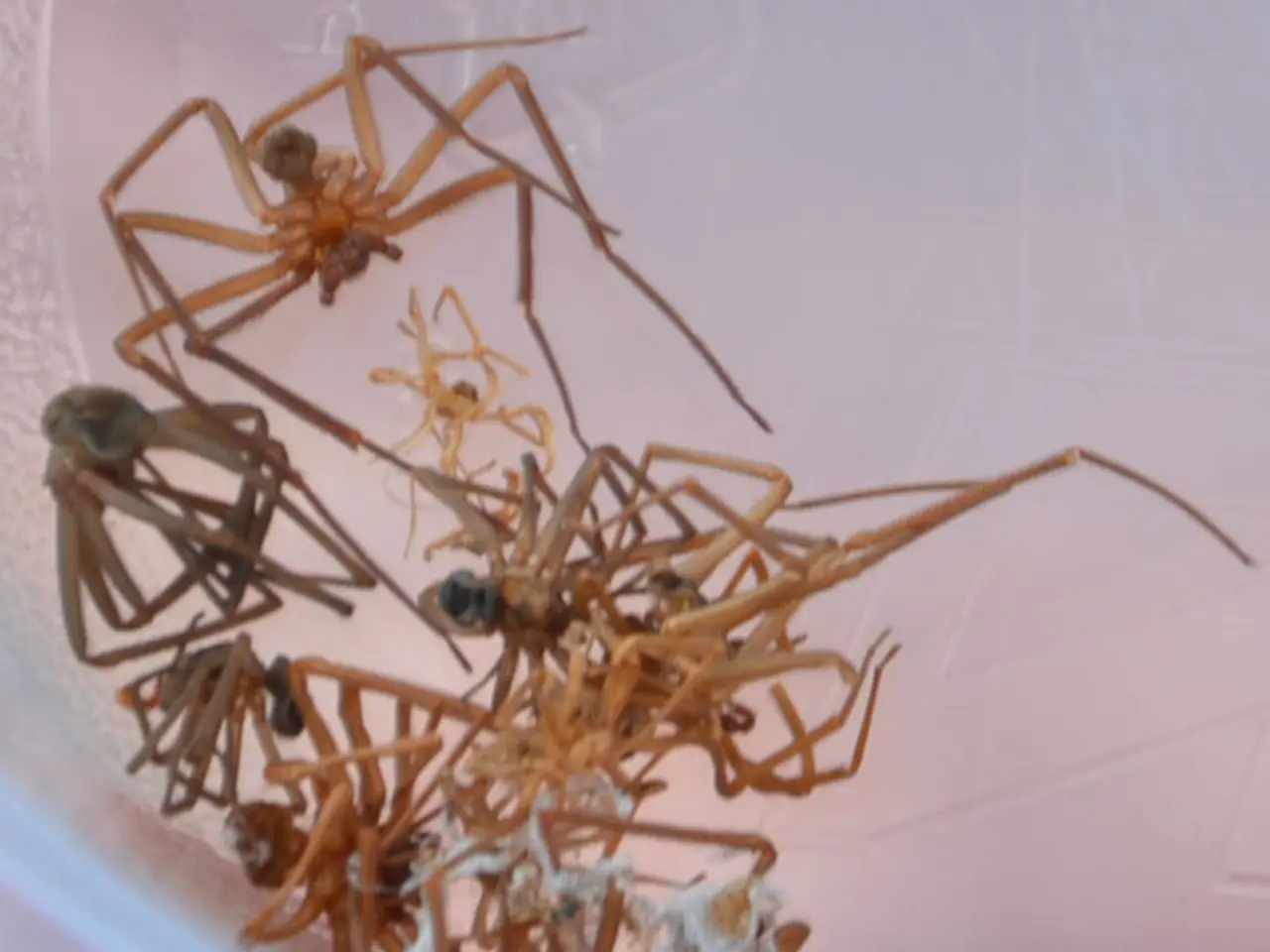Agroforestry Boosts Biodiversity and Yields via Earthworms
Agroforestry systems, which combine trees and crops, are proving to be a boon for biodiversity and pest control. New research shows that these systems host more beneficial organisms, leading to better natural pest control and higher agricultural yields.
At the heart of this success are earthworms. Agroforestry systems have more earthworms, particularly in the tree strips, than adjacent field strips. Certain species, like the brown leaf cutter, thrive in these conditions due to the soil rest and abundant food. This increase in earthworms enhances soil quality and biodiversity, benefiting various animal species and leading to healthier plant growth and higher yields.
The soil biome composition also changes significantly in agroforestry systems, with more diverse biomes in a smaller area. Earthworm communities are promoted by the microclimate within these systems. Additionally, agroforestry increases the diversity of the soil microbiome, with fungi particularly benefiting. Other beneficial organisms, such as spiders, ladybugs, ants, and woodlice, overwinter in the forest strip, while pests overwinter on the field.
Agroforestry systems are proving to be a win-win for farmers and the environment. By promoting earthworms and other beneficial organisms, these systems enhance soil health, support biodiversity, and improve natural pest control. The result is healthier crops and higher yields, making agroforestry a promising approach for sustainable agriculture.
Read also:
- Transforming Digital Inventories in the Food Industry: A Comprehensive Guide for Food Businesses
- Munich Airport Unveils Its New Electrical Vehicle Charging Parksite
- Meteorologist Predicts Major Hurricane for Northeast U.S. by 2030
- Vehicle electrification and bidirectional charging technologies could potentially reduce EU energy expenses by a staggering €22 billion annually by the year 2040.







